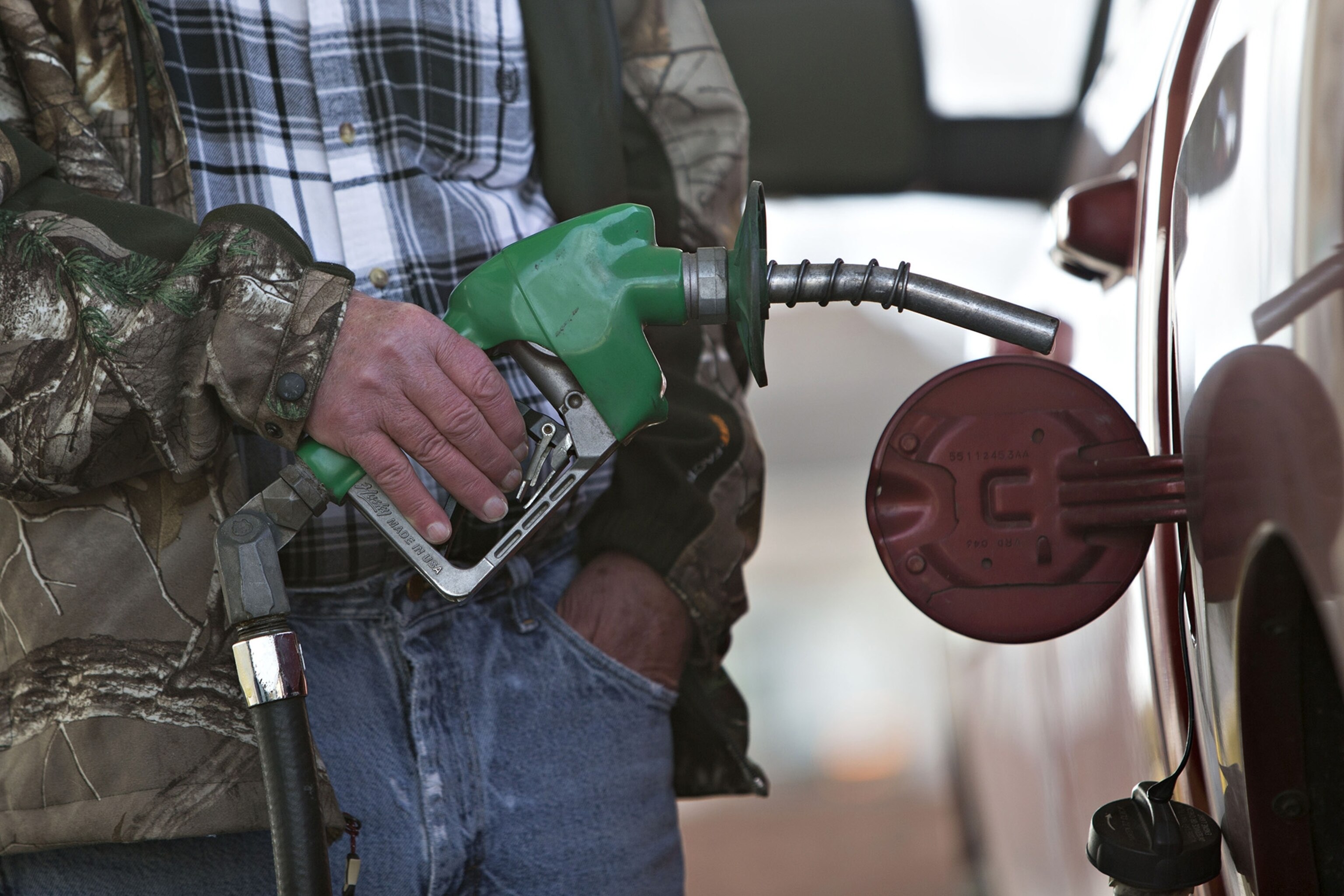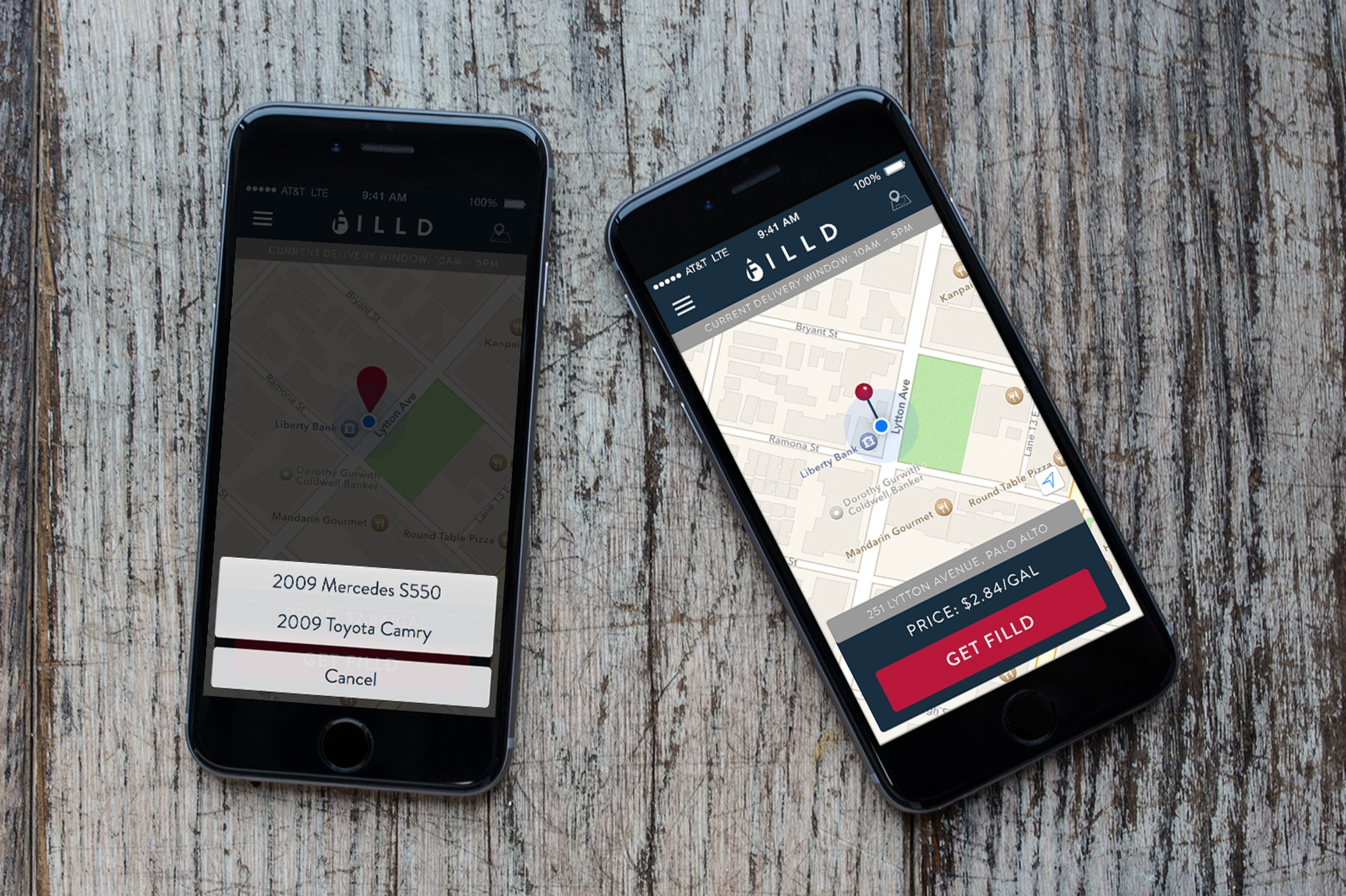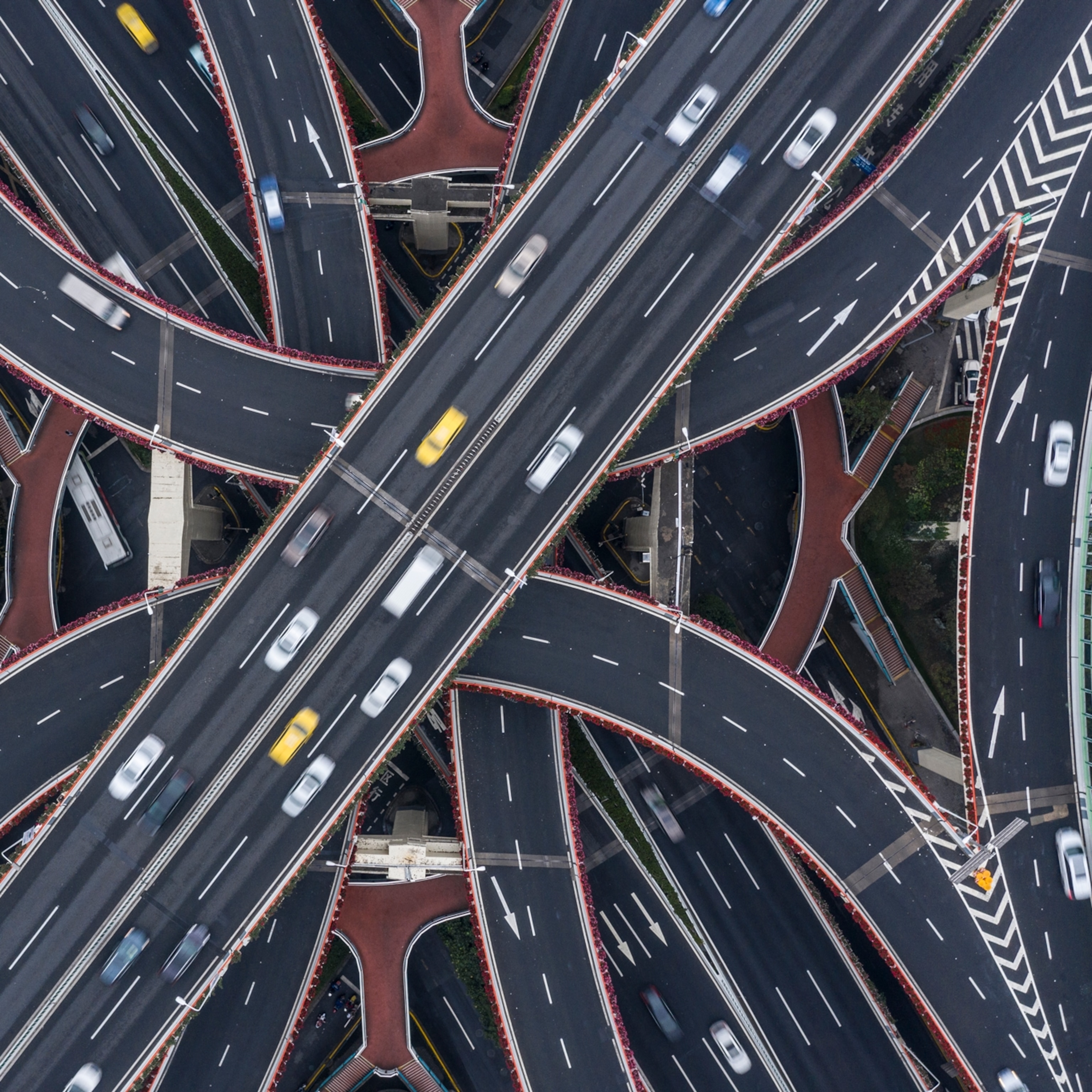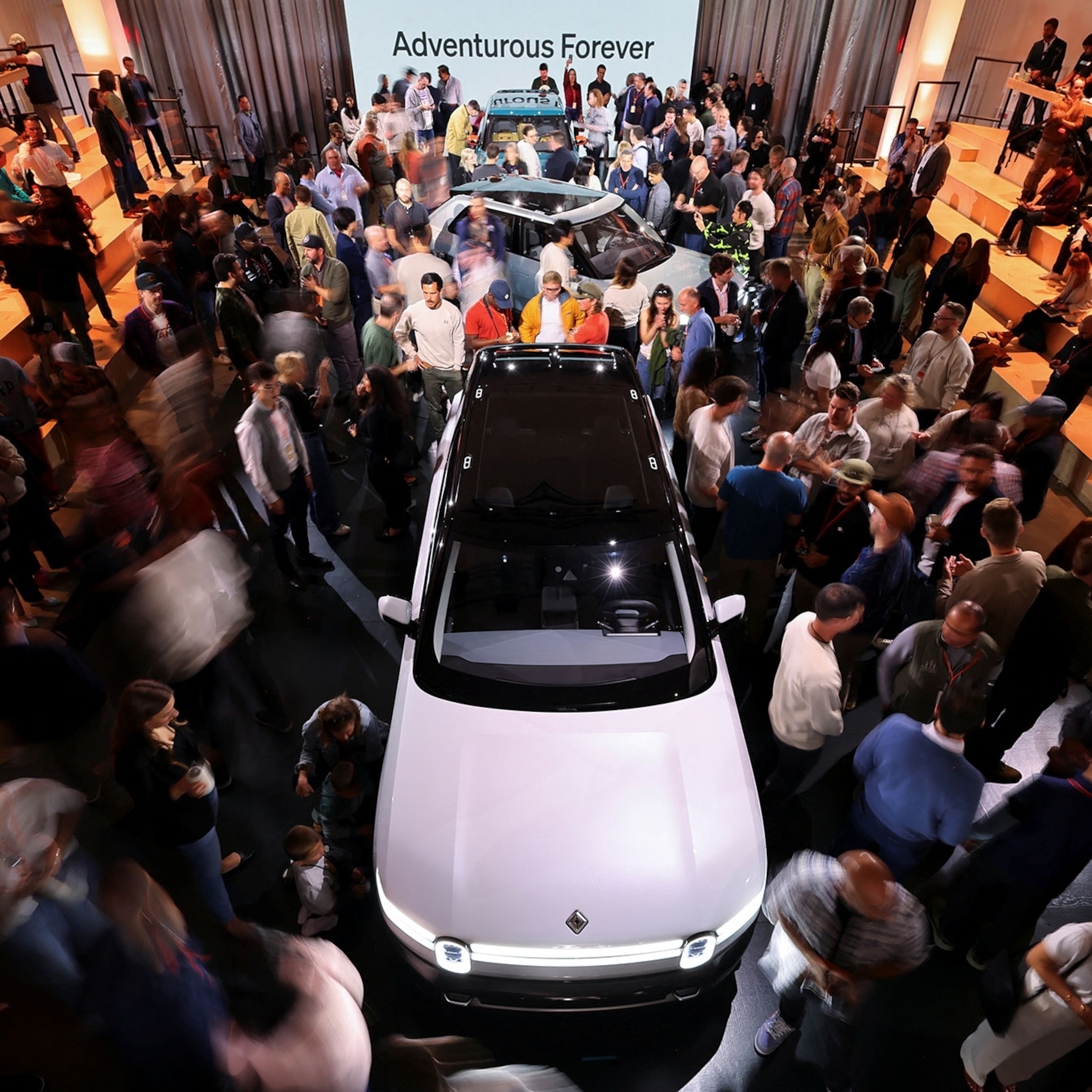
Hate Stopping for Gas? There's an App for That
A handful of startups will deliver fuel straight to your car in the latest wave of on-demand services.
You were stuck late at the office, again. Sitting in traffic on the way home, you realize you’ll need to fill up on gas for tomorrow’s commute. Ugh.
What if the fuel pump could come to you? That’s the idea behind a handful of new phone-driven services cropping up across the United States, including Palo Alto, California-based Filld.
After downloading an app, drivers can pinpoint their car’s location on a map and order gas delivery for a certain window of time. A truck arrives and a trained driver fills the tank.
In the case of Filld, which currently operates in Silicon Valley and offers both regular and premium unleaded gas, the price per gallon is based on an average from nearby stations, plus a $5 delivery fee. If the car has a locking gas flap, the app sends you a reminder to leave it unlocked when the fuel truck is en route. (“Open caps are not noticeable,” its FAQ reassures.)
Are that many people running on empty? Perhaps not, but in the world of on-demand everything, there’s seemingly no chore you can’t escape given a smartphone and some extra cash.
Customers “are getting some of their time back,” says Filld co-founder and CEO Christopher Aubuchon. “They order before they go to bed, they wake up, their car is full. They’re off to the day.” He started Filld with Scott Hempy, who was recently featured in a Forbes “30 Under 30” roundup of young entrepreneurs with bold energy ideas.
Similar services are popping up elsewhere, including Purple in Los Angeles, FuelMe in Houston, Neighborhood Fuel in Miami, and fueldrop in Boston.
Aubuchon says most Filld users so far own SUVs and minivans, and many orders come during the day from parking lots of local companies such as Apple, Oracle, and Google. The service also appeals to moms averse to stopping with a car full of restless kids, he says, and people who just plain dislike the often smelly, grimy experience of pumping gas.
“I haven’t been to the gas station since downloading this app five months ago,” wrote a customer on Apple’s iTunes app store in October. “So much better than leaving the kids in the hot car while I wait for a slow pump.”
“I don’t want to go to the gas station ever again,” wrote another.

A couple of users have complained that diesel isn’t included, but Aubuchon says Filld is open to eventually offering other fueling options, including super-fast charging for electric vehicles when the technology allows it.
The company, which began operating in April with $3.25 million in venture capital, is already in the process of expanding its fleet from two trucks to a dozen this spring. Filld won’t release hard numbers on its customer base, but Aubuchon says it’s in the thousands.
While tech-savvy, affluent Silicon Valley is fertile ground for testing mobile gas delivery, others see potential in big cities that have a high density of cars and commuters, but perhaps fewer gas stations than in years past.
Boston’s Fueldrop, which is finalizing its app for release this month, started as a school project for three MIT students. Co-founder Karla Guardado says the service, which will operate during the day and offer fill-ups in increments of 5, 10, and 15 gallons, is aimed at workers who come from the suburbs and park in the city. She says it’s a service she’d like herself, “especially with the frigid winters we have here in Boston.”
Getting in on the fuel delivery market goes beyond buying a few trucks. Businesses need to meet safety regulations, train drivers, and get a strong concentration of customers within one region.
“One of the biggest challenges that we’ve had is pricing it correctly,” says Guardado, who is still pursuing funding. She plans to offer a per-gallon price that’s on par with local gas stations but hasn’t decided yet on what delivery surcharge is low enough to attract customers but high enough to make a profit.
If more people start getting gas from roaming trucks at a time when cutting greenhouse gases is key to fighting climate change, is that progress? Filld is commissioning research to answer the question, Aubuchon says: “It’s a very difficult problem to frame.”
The answer would seem to depend partly on how spread out customers are, but Aubuchon points out that many people are driving extra miles, often during rush hour, to reach a gas station. Cutting out that mileage and idling might offer a benefit, he says, also noting that Filld drivers never top off the tank after the pump clicks, which is illegal in California because it increases air pollution and the risk of spills.
Aubuchon doesn’t think Filld is tied to conventional fuels long-term. In theory, at least, it could adapt to fill cars with anything from hydrogen to biodiesel to electricity, depending on the demand. With so many options on the horizon for car buyers, he sees a future where it might not matter whether you’ve got a gas station nearby: "I can imagine you buy a vehicle with a fuel subscription."








